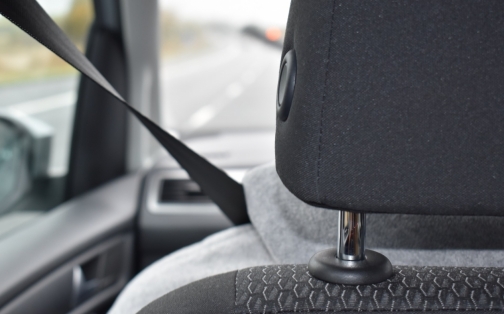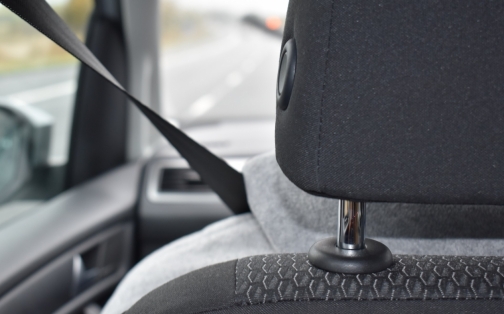
- Home
- News
- Road Traffic
- Speed Bumps Cause Damage to One in Five Cars

Speed Bumps Cause Damage to One in Five Cars
A new study has found that a fifth of motorists in the UK have sustained damage to their cars when driving over speed bumps.
Confused.com, who conducted the study based on the replies of 2,000 drivers and Freedom of Information requests sent to local councils, found that almost half (48%) of the cars affected by speed bumps were subsequently found to have damage to tyres, while 33% were left with suspension issues.
The traffic-calming measure is widely used, with over 29,000 currently in place on our roads. There were 8,516 incidents involving speed bumps reported last year in London alone, with the council there paying out £15,717 in compensation to motorists.
Motorists pay out an average of £141 for damage caused by speed bumps, but as they are classified as traffic-calming measures, and not road defects, it can be more difficult for motorists to make a claim for the damage done.
“Claiming for damage to your car caused by speed humps is confusing for drivers,” said Amanda Stretton, motoring editor at Confused.com. “Unlike potholes, which are defects in the road, speed humps have been installed for safety.”
According to the Highways Regulations 1999, the height of a speed bump should not exceed 100mm. If it can be shown that the bump is too big, it may be easier to make a claim.
Amanda adds: “Motorists who think they have damaged their car while driving at a reasonable speed should check the height, if and when it is safe to do so, to see if they would be eligible for compensation.”
The study does note, however, that the blame cannot always be attributed to the non-uniformity of speed bumps. In fact, a fifth of the drivers surveyed admitted that they do not slow down when driving over the traffic-calming devices, while one in six believed speed cameras and chicanes to be more effective.
Share this article
Request a Callback
Had an accident that wasn’t your fault? Leave your details and we’ll call you back.
Thank you
Thank you for your request, one of our team members will be in touch shortly.
Find Out MoreExisting Client?
Keep on top of your claim 24/7, 365 days a year with Touchpoint, accessible from any internet-enabled device.



